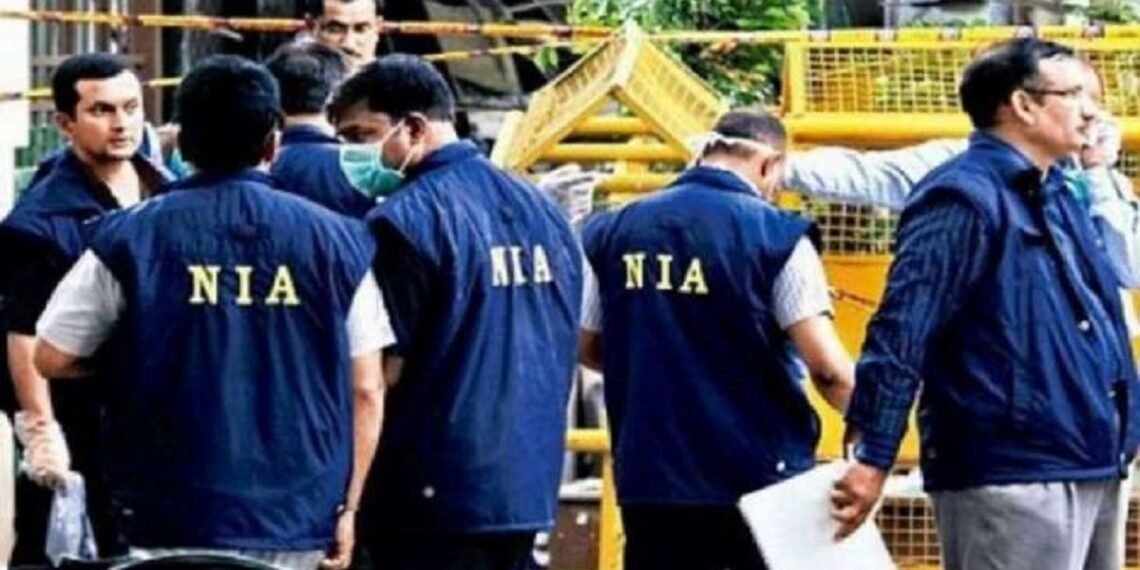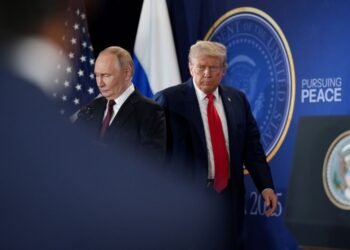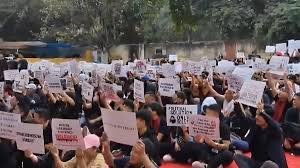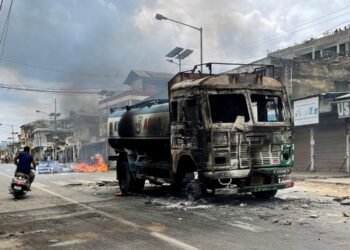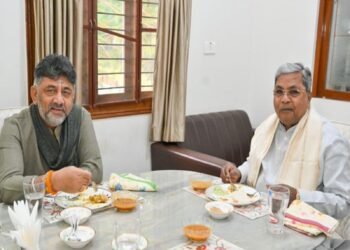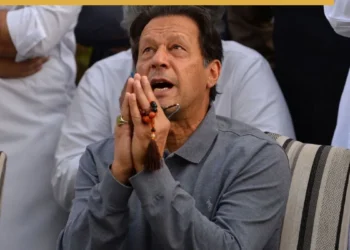In this third installment of our five-part series examining the arrest and legal proceedings against Thangminlen Mate, we turn the spotlight on the prosecution’s arguments opposing bail—and its fraught reliance on police testimonies from a force previously declared “incapable of investigation” by India’s top court.
Navin Upadhyay
July 2025 — Thangminlen Mate, a Kuki-Zo tribal leader and resident of Moreh, was arrested by the National Investigation Agency (NIA) in May 2025 under the Unlawful Activities (Prevention) Act (UAPA) for his alleged role in a deadly January 17 attack on the IRB post at Ima Khondong Lairembi in Moreh. The incident left one rifleman dead and two others injured. The NIA contends that Mate is not only complicit but a key figure in an extremist conspiracy. His bail plea—Petition No. 510/2025—was fiercely contested by the agency.
But there’s a catch: the prosecution’s case hinges almost entirely on statements from the Manipur Police Commandos. And this is the same Manipur Police that the Supreme Court, in August 2023, found unfit to investigate crimes amid the ethnic violence in the state. The court had slammed the force’s conduct, stating:
“The investigation is so lethargic, FIRs are registered after so long, arrests not made, statements not recorded… There is a complete breakdown of law and order and constitutional machinery in the state.”
READ: SC Shows Rulebook to Ex-CJI Chandrachud, Asks Govt to Reclaim Bungalow
Despite this judicial rebuke, the NIA appears to be leaning heavily on Manipur Police accounts, offering little corroborative evidence to support its charges against Mate.
The NIA’s Case: Procedural Rigor, Legal Hurdles
During the bail hearing before the Guwahati Special NIA Judge, Public Prosecutor D. Bharadwaj strongly opposed any relief for Mate, calling him an “influential person” involved in “heinous” offenses and citing strict UAPA provisions that make bail difficult by design. He claimed that Mate’s continued detention is necessary to safeguard public safety and prevent him from interfering with the investigation.
According to Bharadwaj, ten Manipur Police Commando personnel had given statements under Section 161 Cr.P.C., directly implicating Mate and other alleged Kuki militants in the Moreh attack. Mate was arrested on May 19 after what the NIA called “due identification.” He was presented before the Special Court the following day and remanded to police custody for eight days. The prosecution claimed “incriminating materials” were recovered that not only link Mate to the January attack but also implicate others.
Bharadwaj further stated that Mate had been informed of the grounds for arrest, that his father was notified, and that all procedures were followed in compliance with Article 22(1) and Article 21 of the Constitution. In other words, the arrest, he argued, was neither illegal nor arbitrary.
The UAPA Roadblock: Law Tilted Against Bail
The prosecution also leaned heavily on legal precedent to bolster its argument. Citing the Supreme Court’s 2024 ruling in Gurwinder Singh vs State of Punjab, Bharadwaj reminded the court that the bar for bail under UAPA is exceptionally high. The judgment underscored that in such cases, the idea of “bail as the rule” and “jail as the exception” does not apply. Rather, the Act enshrines the opposite logic.
The Mate Case (Part-2): Defense Strategy – Picking Apart the NIA Case, Line by Line#ThangminlenMate #LeninMate #NIACase #MorehAmbush #ManipurConflict #UAPA #AdvocateAlongbarBasumatary https://t.co/6iPWThk6dQ
— POWER CORRIDORS (@power_corridors) July 5, 2025
Section 43D(5) of the UAPA states that bail shall not be granted if there are “reasonable grounds for believing the accusations are prima facie true.” The standard of proof required at this stage is deliberately low, and even a tenuous link, if unchallenged, is sufficient to keep an accused incarcerated.
The prosecution emphasized that this statutory threshold had been met and that Mate’s release would risk witness intimidation and derail the investigation. The “tripod test”—flight risk, potential to tamper with evidence, and likelihood of influencing witnesses—need not even be considered unless the prima facie case collapses, Bharadwaj argued.
A Tenuous Case?
Yet, despite the legal framework and the forcefulness of the NIA’s argument, observers have pointed out the lack of substantial corroboration beyond Manipur Police accounts—an institution that, to reiterate, has been discredited by the Supreme Court for its poor performance during the Manipur conflict.
Want to know the real story behind the arms haul READ This: No Arrests. Behind Manipur’s Arms Haul, a Quiet Deal?
Civil liberties groups and legal experts watching the case note that the NIA has not presented physical evidence, digital records, or eyewitness testimonies beyond the controversial commando statements. That absence may not violate UAPA’s legal thresholds, but it raises broader questions about the fairness and credibility of prosecuting individuals under India’s most stringent anti-terror law.
Mate’s supporters claim he is being targeted for his political activism. His arrest on May 19, 2025, came weeks after he filed a complaint alleging police atrocities and unlawful detention of civilians in Moreh.


